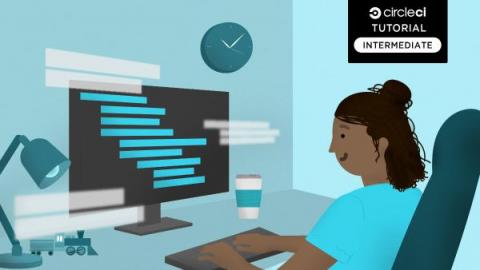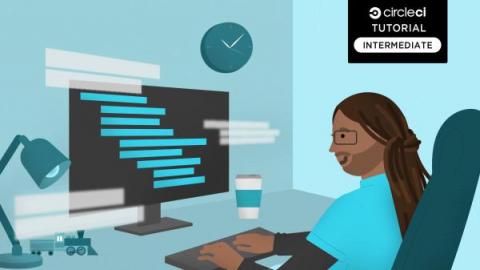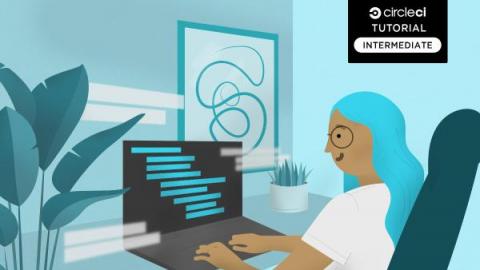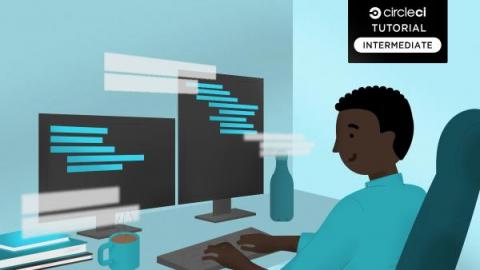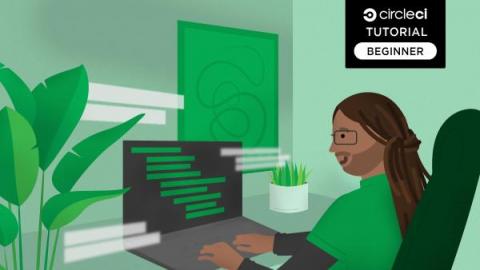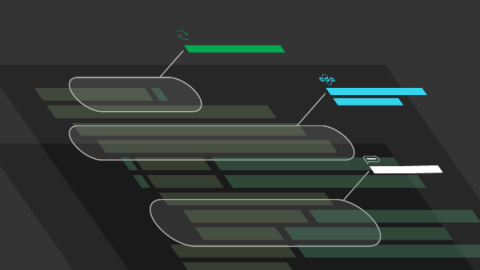What is GitOps? Continuous delivery to Kubernetes with ArgoCD
With the increasing adoption of Kubernetes in recent years, there are various means and tools for achieving continuous delivery to Kubernetes. While it is possible to create a consistent CI/CD pipeline up to deploying to Kubernetes using CI/CD tools like CircleCI, there has been a rise in cases combining dedicated CD tools like FluxCD and ArgoCD to achieve this as well. A common aspect among these CD-dedicated tools is their adoption of GitOps.



